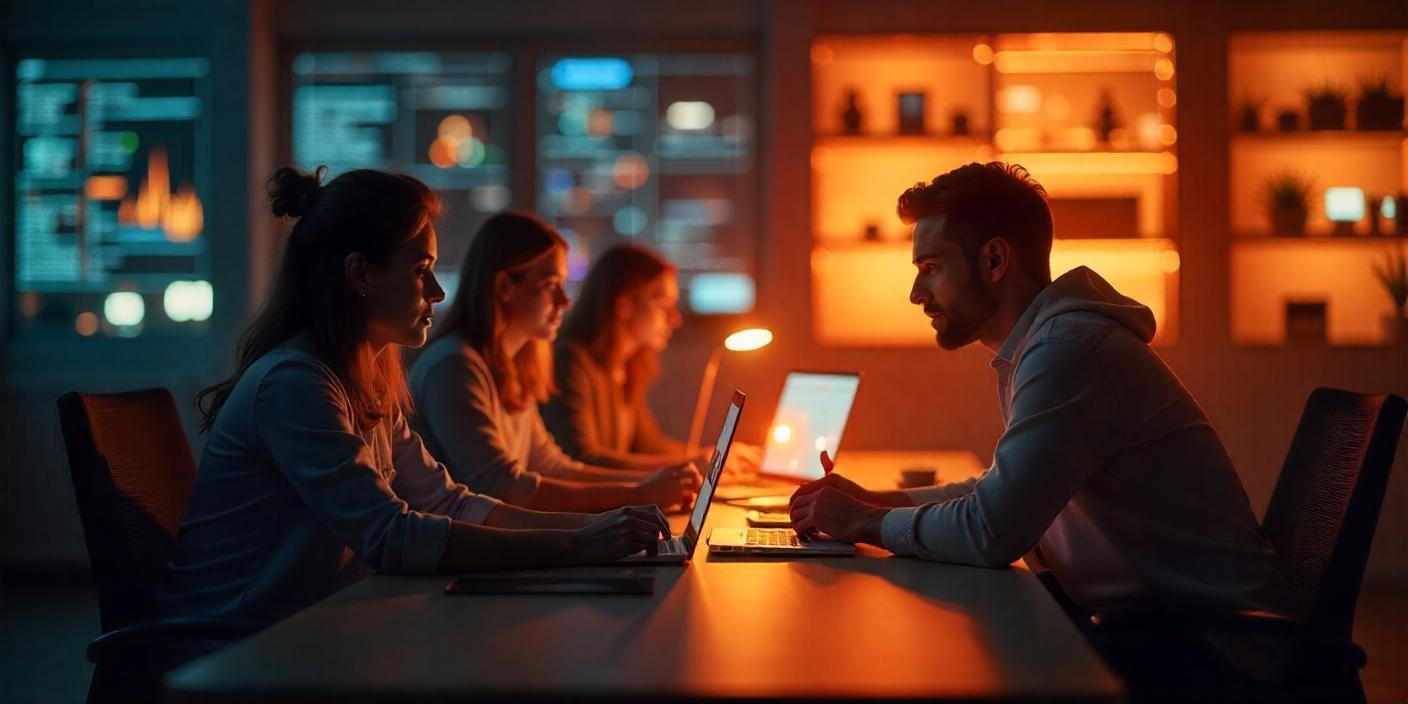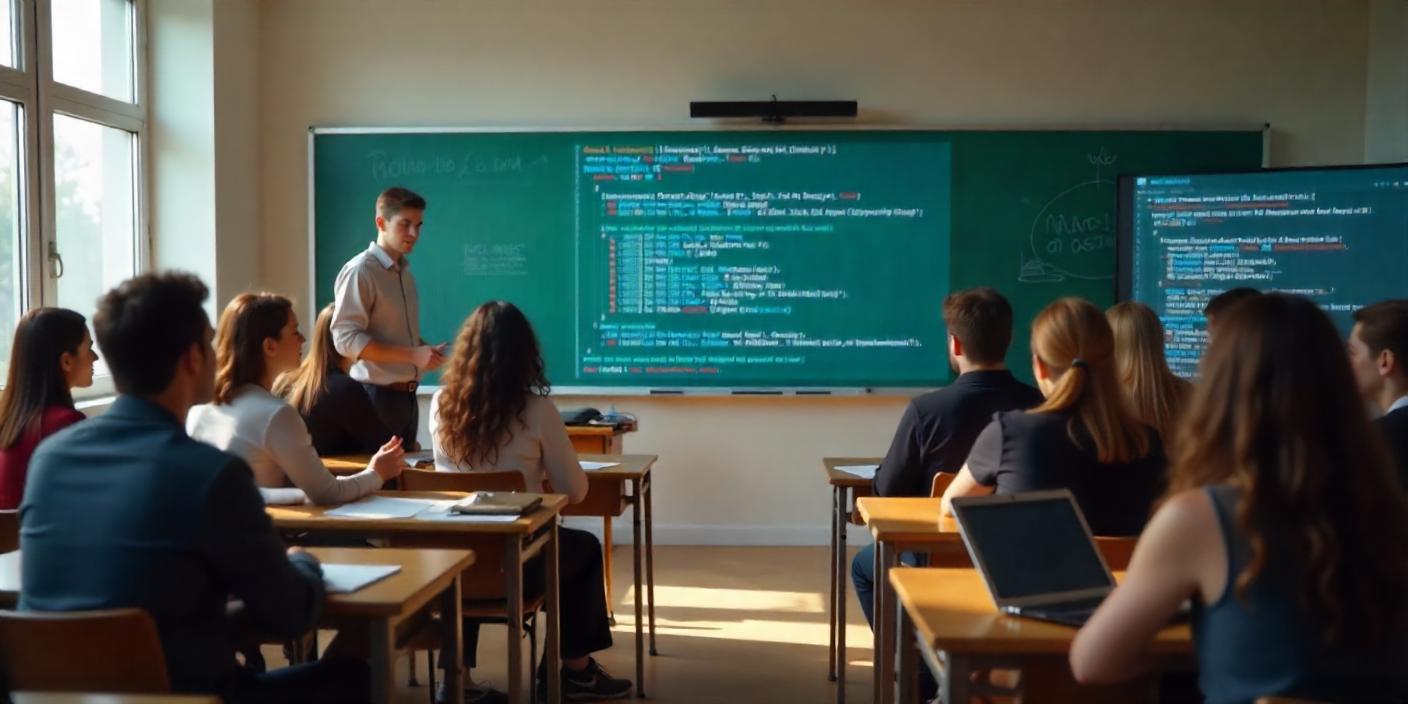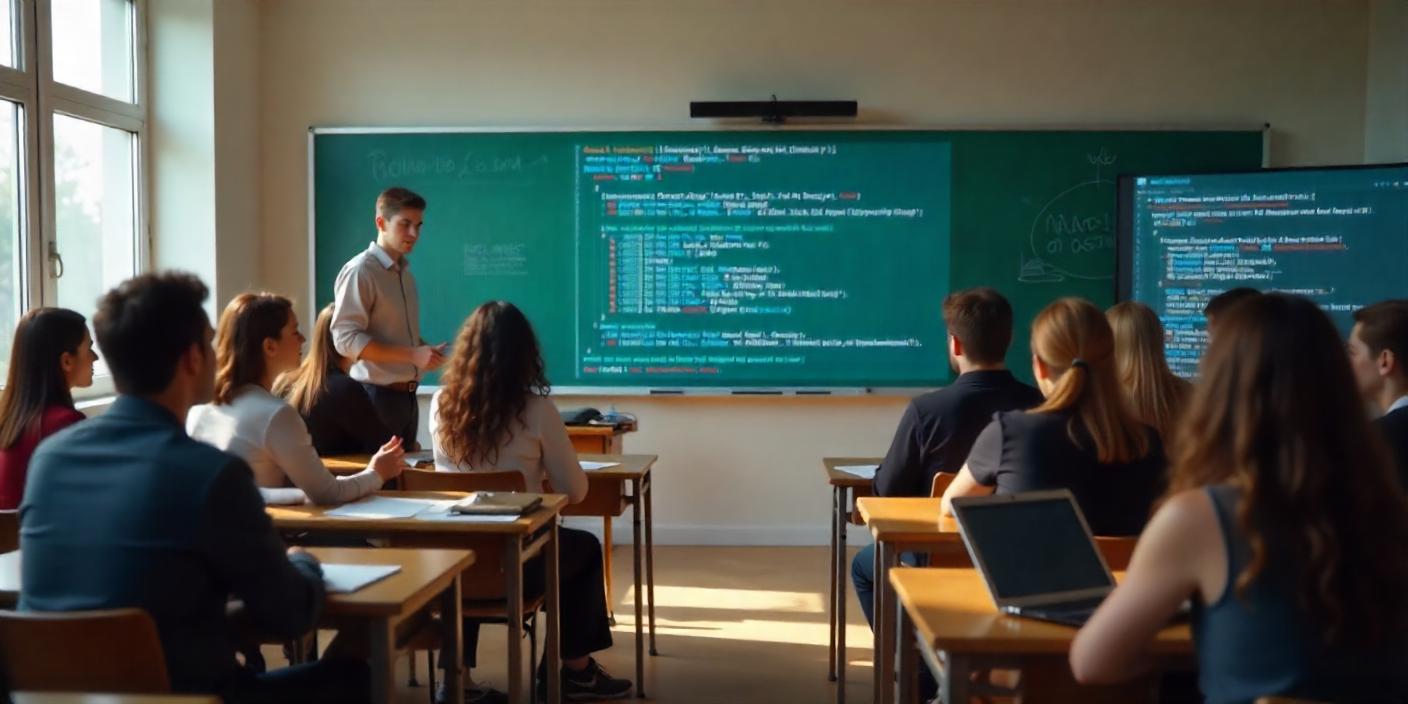In a world where technology evolves at lightning speed, Artificial Intelligence (AI) is no longer just a buzzword—it’s the driving force behind a new era of innovation and human progress. From transforming industries to enhancing everyday life, AI is reshaping how we work, communicate, and solve problems. But perhaps the most exciting aspect of this revolution is how AI and humans are beginning to collaborate—creating a synergy that promises extraordinary possibilities.
What Is AI and Why Does It Matter?
AI refers to machines or software systems that can simulate human intelligence—learning from data, adapting to new inputs, and even making decisions. With advancements in machine learning, natural language processing, and neural networks, AI is now capable of performing tasks that were once thought to be uniquely human.
From chatbots and virtual assistants to self-driving cars and personalized medical treatment, AI is deeply embedded in our daily lives—often in ways we don’t even realize.
AI as a Tool for Human Empowerment
One of the most important truths about AI is this: it doesn’t replace humans—it empowers them. AI can automate repetitive tasks, uncover hidden insights in vast datasets, and help professionals in fields like medicine, finance, education, and design make smarter, faster decisions.
For example:
-
Doctors use AI to diagnose diseases earlier and more accurately.
-
Marketers leverage AI-driven tools to create personalized campaigns.
-
Educators use AI to provide tailored learning experiences to students.
Rather than viewing AI as competition, we should embrace it as a collaborator that enhances human potential.
The Rise of Human-AI Collaboration
The future isn’t just about AI doing things for us—but doing things with us.
This new wave of human-AI collaboration focuses on blending machine intelligence with human creativity, empathy, and ethical reasoning. AI can crunch numbers at incredible speed, but it lacks the human ability to understand context, emotion, and cultural nuance.
Together, humans and AI make a powerful team—one that can innovate faster, tackle complex challenges, and shape better solutions across every sector.
Real-World Examples of Collaboration
Here are a few inspiring examples where AI and humans are working hand-in-hand:
-
Healthcare: AI systems assist radiologists in analyzing scans, but final decisions are made by human experts who consider broader patient contexts.
-
Art and Design: AI tools like DALL·E or Adobe Firefly help artists explore new creative possibilities, but it’s still the human touch that gives a piece soul and meaning.
-
Customer Service: AI chatbots handle routine queries, while human agents focus on complex, empathetic interactions.
These use cases prove that AI doesn’t replace the human role—it enhances it.
Ethical AI: A Shared Responsibility
As AI becomes more powerful, ethical questions come to the forefront: How do we ensure AI is fair, transparent, and safe? How do we prevent bias in AI models? These are not questions for machines to solve—they require human judgment, diversity, and collaboration across cultures, industries, and disciplines.
Governments, tech companies, educators, and individuals must work together to build AI systems that reflect our shared values and ethical standards.
The Future Is Hybrid: Humans + AI
The future of innovation is not about choosing between humans and machines—it’s about embracing a hybrid model. This new paradigm places humans at the center of decision-making, creativity, and strategy, with AI as a reliable partner that extends our reach and amplifies our strengths.
Businesses, educators, and creators who adopt this mindset will be the ones who lead the next wave of digital transformation.
Final Thoughts: Embrace the Change, Lead the Future
AI isn’t coming—it’s already here. But rather than fear it, we should harness its potential to make the world better, smarter, and more inclusive. When humans and AI work together, the result is not just smarter machines—but a smarter, more connected, and more innovative humanity.





